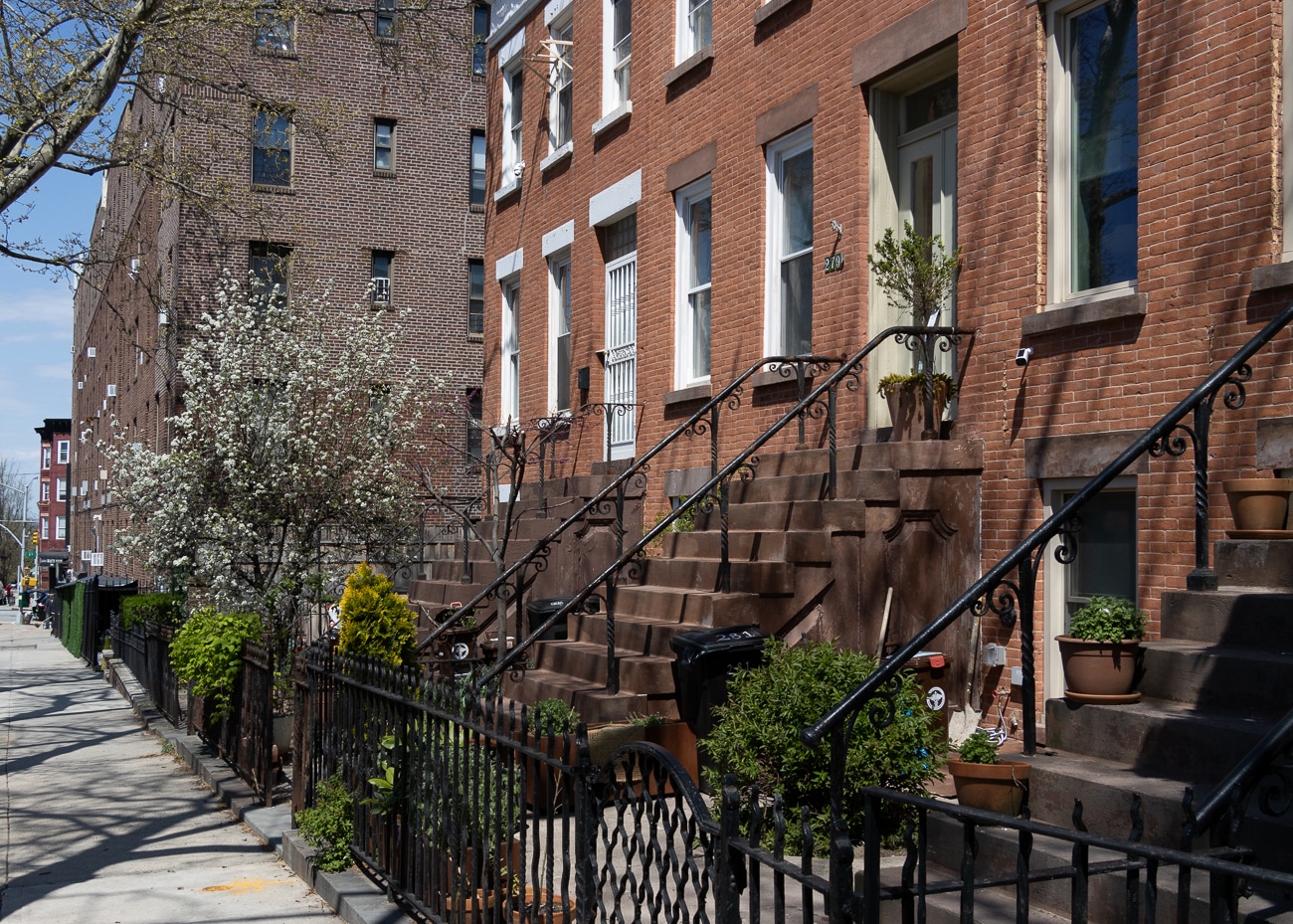Past and Present: The Elks Club
A look at Brooklyn, then and now. The Benevolent and Protective Order of Elks was founded in Manhattan in 1868. Its humble beginnings were not as a fraternal order seeking to improve the lives and standing of others, but as a social club called the “Jolly Corks.” A group of Manhattan theater swells founded this…

A look at Brooklyn, then and now.
The Benevolent and Protective Order of Elks was founded in Manhattan in 1868. Its humble beginnings were not as a fraternal order seeking to improve the lives and standing of others, but as a social club called the “Jolly Corks.” A group of Manhattan theater swells founded this private club as a way to avoid New York City laws regarding the hours that taverns could stay open. Private clubs had no such restrictions.
But when one of the members of the Jolly Corks died, leaving his wife and children penniless, the other members of the club put aside the revelry, and decided to become an organization with a social purpose; to care for the members and their families, and to contribute to the greater society. They decided to name themselves after an indigenous American animal, one that denoted strength and stature, and after a vote, the 15 members voted 8 to 7 to adopt the elk as their new symbol. They were only one vote away from becoming the Benevolent and Protective Order of Buffalo.
The Elks soon grew to become one of the largest fraternal organizations in America, with chapters in large cities, suburbs, and small towns alike. Today, the official headquarters is in Chicago, but the original Manhattan chapter, called Lodge 1, is in Manhattan, where it all began. The Elks did not admit women, and had no official women’s auxiliary club, like many other fraternal orders. As the years went by, especially in the early 20th century, women formed orders of “Does,” but these were local clubs, and were not officially sanctioned. The Elks did not admit women until the 1990s.
Most of the first Elks were theater people, but when the order took off, they soon were joined by men in other professions, and the organization grew in wealth and stature. They also were all white, and stayed that way up until the 1970s. A separate black fraternal order of Elks was founded towards the end of the 19th century, but they were sued for using the Elks’ name and symbolism, and had to change their name to the Improved Benevolent and Protective Order of Elks of the World. It would take late 20th century court action to open up the organization to women and minorities. Today, membership is on the wane, but the Elks are still an important charitable fraternal organization in the United States.
Here in Brooklyn, the Elks have had quite a history of great buildings. Today’s Past and Present features not the Elks Lodge you would expect – the building that for many years after the Elks, housed the NYC Board of Education, but the one before that, a handsome building that did not last long as the Elks’ headquarters, and is now gone. It was located at 123 Schermerhorn Street, which is now in the middle of the block long and wide headquarters of the MTA.
This five story clubhouse rose above the brownstones surrounding it, and was quite a theatrical building, harkening back to the group’s theatrical past, but more reflecting the theatrical designs of its architect. It was built in 1902, and designed by John B. McElfatrick & Son, one of New York’s most prolific and accomplished theater architects. The firm was also quite adept at building homes, clubs, schools and other buildings. Brooklyn was home to quite a few of McElfatrick’s buildings.
As you can see from the photograph, the Elks Club, complete with a large statue of an elk out front, in case you missed the building, had an interesting configuration of windows, and the entrance resembled the stage door to a theater, intimating a secret, members-only entrance, which this was. It was quite a change from their next building.
The building at 123 Schermerhorn was soon too small, and the Elks had the prestigious firm of McKim, Mead & White design their new swanky headquarters on the corner of Schermerhorn and Boerum Place, at 110 Livingston Street. The building was built in 1926, long after the famous firm’s founders were all dead. But the firm could still produce a good building. The new Elks Lodge had bowling alleys, a pool, and a large banquet hall, and is a great late Beaux-Arts building. The Elks stayed there until 1940, when they sold it to the City of New York, for use as the headquarters for the Board of Education. In 2003, the city sold the building to Two Trees Development for use as luxury condominiums.
From everything I could find out, there are no Elks Lodges in Brooklyn anymore. The last one was in Bensonhurst, and it is no longer open. The old Elks building at 123 Schermerhorn may have disappeared earlier, but it was certainly gone in 1989, when this entire block was leveled for the MTA building.Except for an old postcard, one might never know it ever existed. GMAP













Another example of the importance of Landmarks Preservation Commission. sadly architectural beauty replaced with a big eye sore. this goes side by side with the post for neighbors fighting to protect their ‘donut’